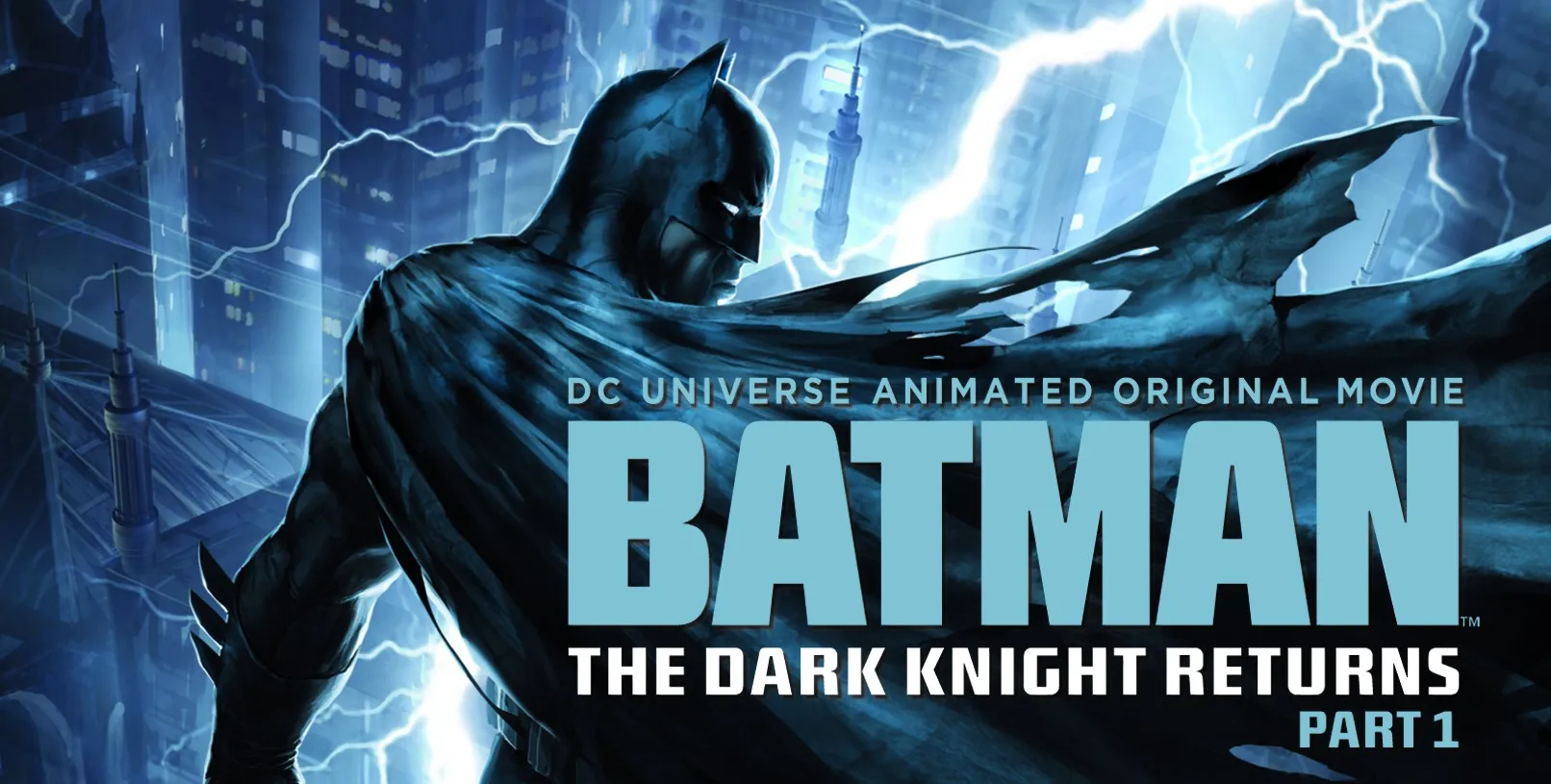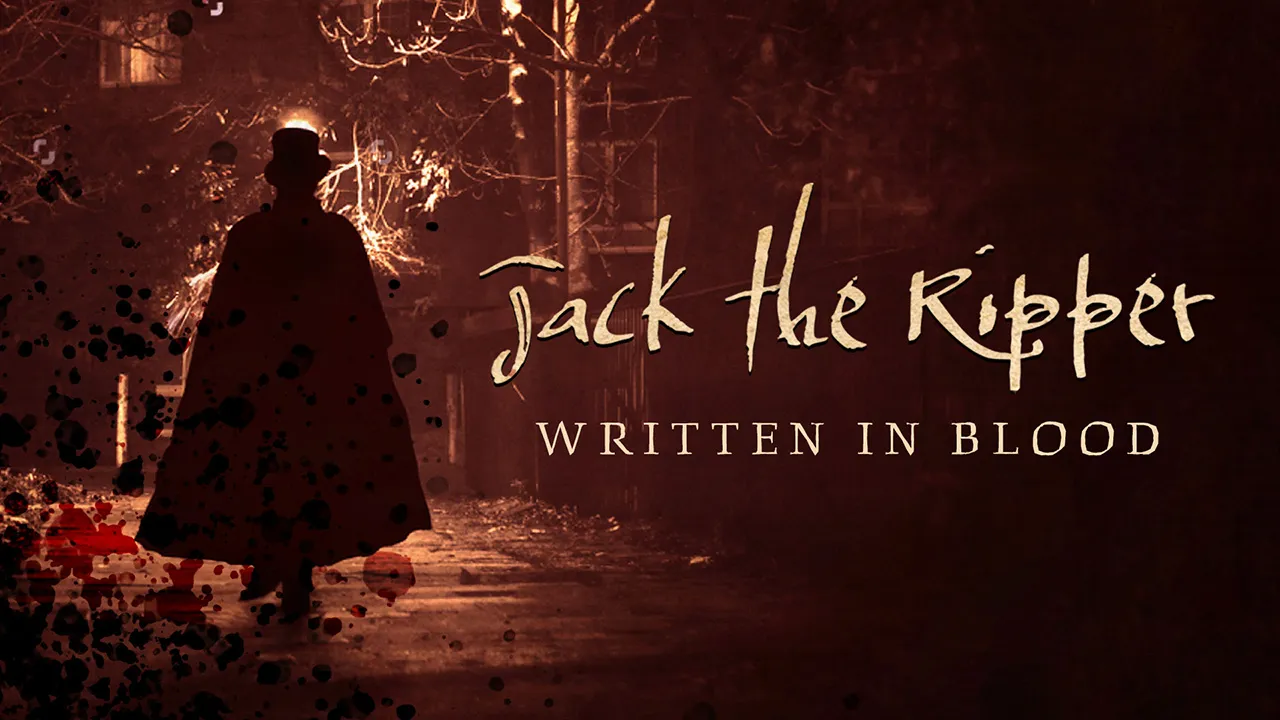Helgoland 513 is a chilling German dystopian drama released in 2024, directed by Robert Schwentke. The story takes place in the year 2036, in a world devastated by pandemics and social collapse. The North Sea island of Helgoland has become the last known virus-free zone on Earth — home to exactly 513 survivors. That number isn’t symbolic; it’s law. Any birth must be balanced by a death. Every life on the island is measured, monitored, and strictly controlled.
The show opens with the iron-fisted leadership of Beatrice Westphal, a woman whose calm authority masks a deeply pragmatic ruthlessness. In a society defined by scarcity, each inhabitant is given a usefulness ranking — a status that determines their right to live. When the 514th human life arrives, someone else must be sacrificed. This is not chaos; it's ritualized and formal. People volunteer — and when they don't, they're chosen. The result is a community held together not by love or solidarity, but by control, guilt, and fear.
Dr. Marek Storbeck, the island’s physician, becomes a key figure in this delicate balance. Marek is a brilliant doctor but emotionally fraying. His son is gravely ill, and Marek is running out of time and supplies. He searches for a cure, torn between his duty as a doctor and his personal desperation as a father. His ethics are tested daily in a place where medicine has become politics.

Other central characters include Fiona, a rebellious teenager who begins to question the entire system; her mother Lola, the island’s communications strategist and loyal supporter of the regime; and Der Graf, a mysterious mainland figure with murky intentions toward the island. These characters represent various ideological positions — resistance, control, and external power — and their stories intersect with increasingly dire consequences.
What distinguishes Helgoland 513 is not only its grim premise but its structure. The series unfolds over seven episodes, told with a mix of slow-burn tension and escalating moral conflict. Flashbacks are used sparingly, only in later episodes, to reveal the world before the collapse. This technique gradually fills in the backstory without overwhelming the present-tense urgency.
Visually, the show is striking. Although set on Helgoland, most of the filming was done on other North Sea islands like Sylt and Amrum, as well as in parts of Eastern Europe. The landscape feels isolated and stark — grey skies, pounding waves, concrete bunkers. The cinematography mirrors the emotional tone of the story: bleak, cold, and full of unspoken dread.

The series has been praised for its performances, especially Martina Gedeck as Beatrice. Her character is not a cartoon villain but a complex leader trying to maintain order in an impossible situation. Alexander Fehling delivers a nuanced portrayal of Dr. Marek — calm on the surface, boiling underneath. Samuel Finzi as Der Graf brings an enigmatic charisma, and the younger cast members give the story emotional momentum.
Where Helgoland 513 truly excels is in its thematic depth. At its core, the show explores the cost of survival. Is it acceptable to sacrifice one person for the good of many? Can a society retain its humanity when life itself is conditional? The island’s system of population control raises uncomfortable parallels to eugenics, authoritarianism, and utilitarianism.
It also examines the psychology of scarcity. People are not simply scared of death — they’re scared of becoming irrelevant. The constant threat of being ranked too low forces everyone into competition. Cooperation erodes. Families fracture. Children grow up knowing they might have to “earn” the right to exist. It’s a disturbing reflection of what happens when human value becomes transactional.

There’s also a critique of propaganda. The ruling system is maintained not just by force but by ideology. Citizens are told this is the only way. That sacrifice is noble. That dying for the system is a kind of legacy. But cracks begin to show. Fiona, the younger generation, begins asking questions. Why this number? Why these rules? Why trust those in charge? Her arc reflects the timeless conflict between inherited obedience and youthful resistance.
Another compelling aspect is how the show handles its central mystery: what actually happened on the mainland? For most of the series, we are as isolated as the characters. We don’t know whether the outside world is still infected, has healed, or has descended into further chaos. The suspense lies not in jump scares or action sequences, but in the dread of discovering that everything these people believe might be wrong.
Critically, some have noted that the show’s pacing can be slow, especially in the first few episodes. It takes time for the central conflicts to sharpen. Others have pointed out that certain supporting characters feel underdeveloped. But for most viewers, the tension, philosophical stakes, and atmosphere are more than enough to carry the series through.

By the final episode, the true cost of the system becomes clear. Lives have been lost. Others have been sacrificed not for the greater good, but to preserve the illusion of order. As the community begins to fracture, the series leaves viewers with more questions than answers. Was it worth it? Can there be life after Helgoland? Is survival the same as living?
Helgoland 513 is not a story about heroes. It’s a story about systems, choices, and consequences. It doesn’t offer easy answers — only a mirror. In the end, it asks a chilling question: What would you do if someone had to die for you to be born?

-1751523665-q80.webp)

-1751516996-q80.webp)